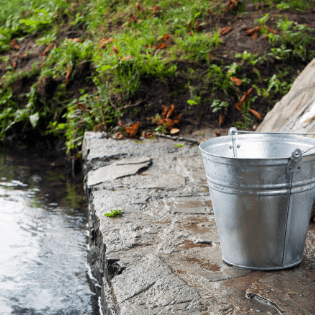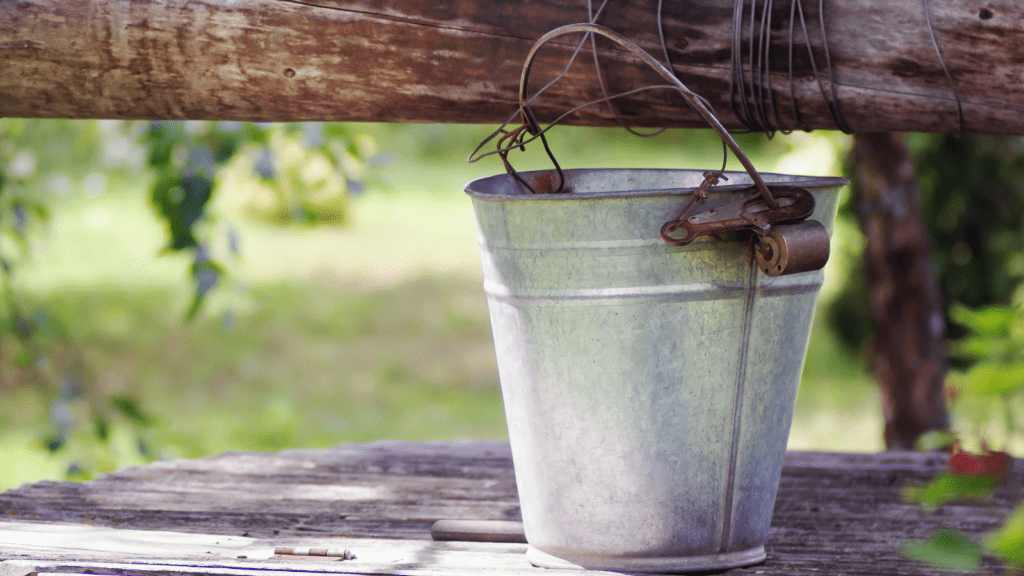According to your profit and loss (also known as an income statement), your business is showing a profit. However, when you look at your bank balance, it shows a lot less than the amount of profit you supposedly made. What happened to your profit?
When reviewing reports with our clients, this question comes up often. Usually, the conversation goes something like this: “If my business is showing that I have $xxx,xxx in net profit, why isn’t that amount in my checking account? Where did my profit go?”
There are many reasons why your net profit may not match up with the cash you have in the bank. Let’s discuss a few of them in more detail.
Your cash balance fluctuates

When we talk about cash flow, we often compare it to a river. Like an actual river, the amount of cash in your business rises and falls. For example, you may have a cash balance higher at the beginning of the month but then it drops near the end of the month.
It’s important to understand how cash enters and leaves your business and at what times. Here are a few questions to help you get started:
- Do you have consistent payment terms for customer invoices? Or do they change depending on the project or customer?
- Do you have set times during the month when you pay bills and expenses? Or do you pay them as they are received?
- What is your payroll cycle for paying staff?
If you can establish a consistent rhythm in your business for when you receive and pay cash, it will be easier to see the link between your profit and your cash.
You paid down some debt
Some activities in your business involve cash events that will not appear on your profit and loss. An example of this is when you make loan payments.
When you make monthly payments towards a loan or a credit card, the main portion of those payments are not an expense. Rather, the principal portion of the payments are paying down the liability for money you received in the past. The principal portion of these payments will not impact your profit, but they will impact your cash balance.
Distributions are cutting into your profit

Similar to loan payments, distributions or owner draws are cash events that will not appear on a profit and loss. This is because distributions are not an expense. Rather, these transactions are tracked through the balance sheet as equity.
Sometimes distributions can cut into your profit without you even realizing it. You might not remember that you took money out of the business earlier in the year. Or you might have accidentally paid personal expenses from business funds.
Additionally, if you pay personal federal or state income taxes out of your business, those payments are not business expenses. They would be considered part of your distributions or owner’s draws.
You have customers that owe you money

If you run your profit and loss on an accrual basis, it will include all the revenue that you invoiced to your customers. However, it will not show you if all that revenue has been received. For that, we have to go back to the balance sheet.
If you run a balance sheet on an accrual basis, it should display your accounts receivable balance. That balance reflects how much is owed to you from customers. If you have past due invoices from customers, those customers are essentially holding on to your profit. Running an Accounts Receivable aging report can help you determine which invoices are past due.
Look beyond the profit and loss for the complete picture
With the scenarios above, you may have noticed that we had to use other reports to find the gap between your profit and your cash balance. Using multiple reports in this matter can help you gain a better understanding of your business story. It can also help you take action to control it.
Do you need additional help in understanding your reports? We help small business owners understand their business story. If this sounds like what you need, contact us to get started.

